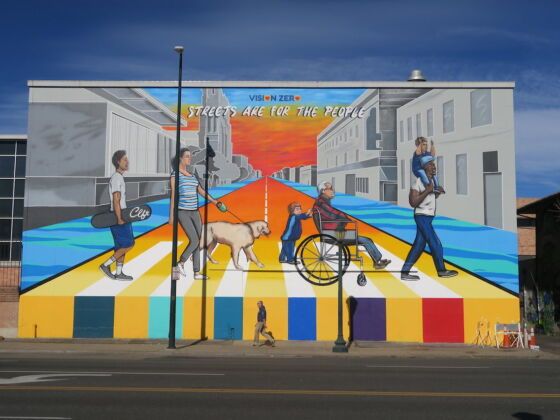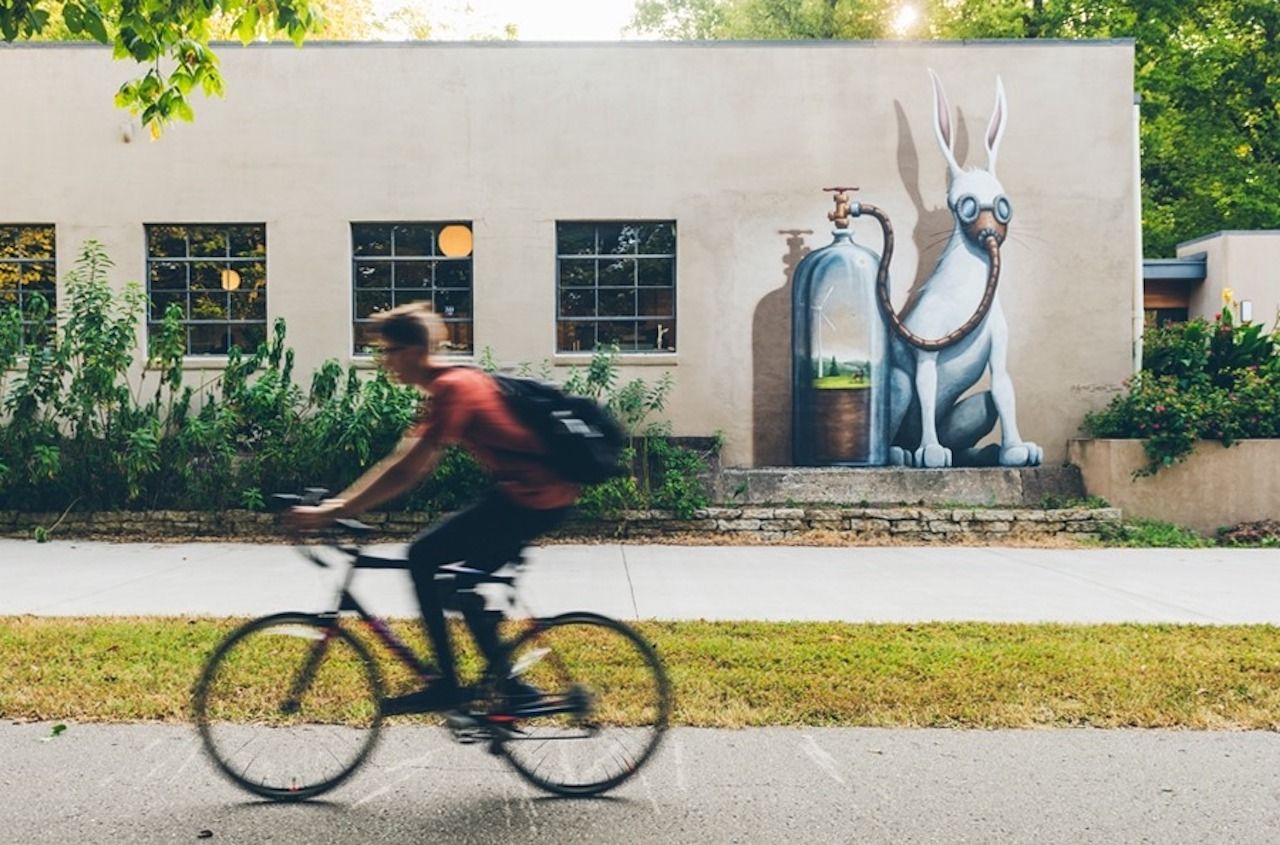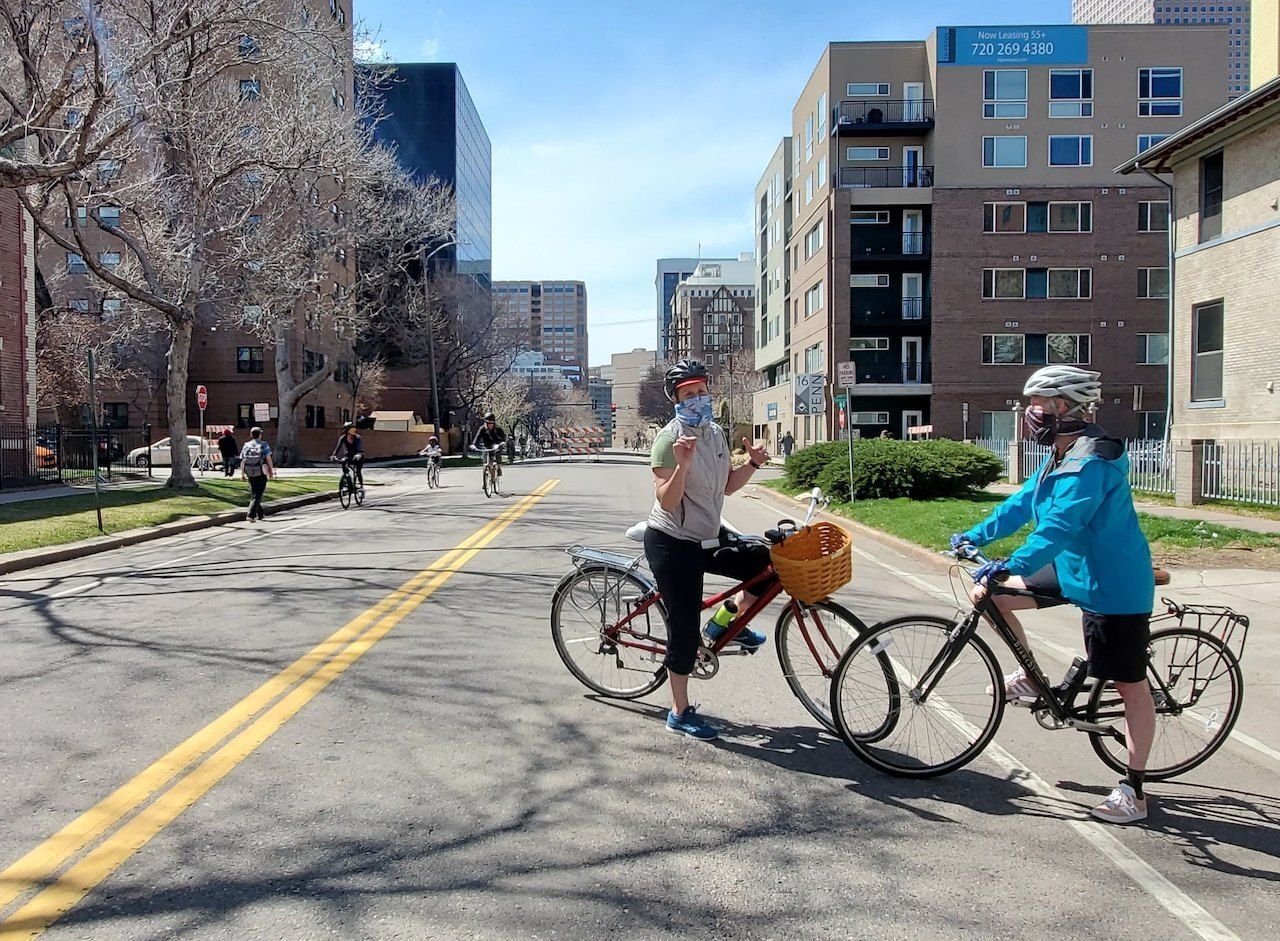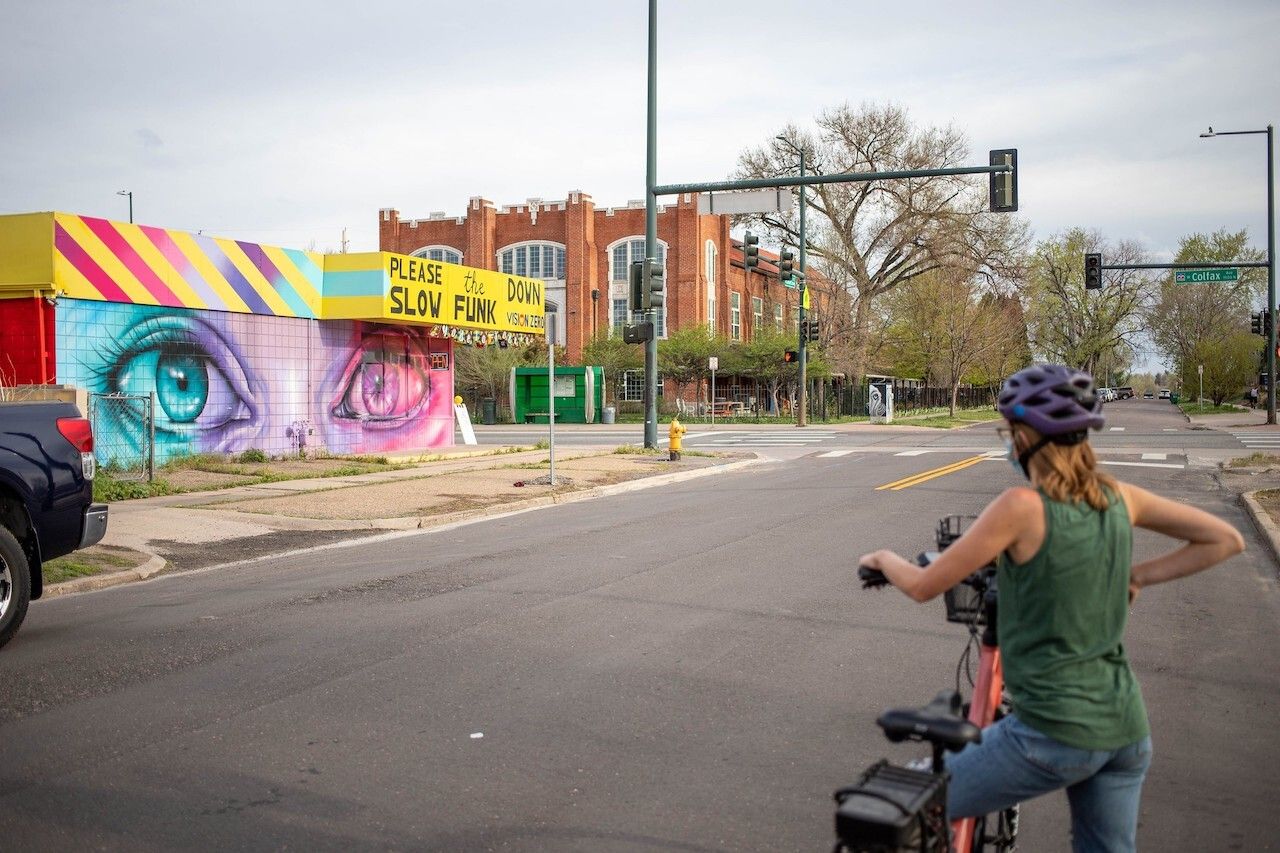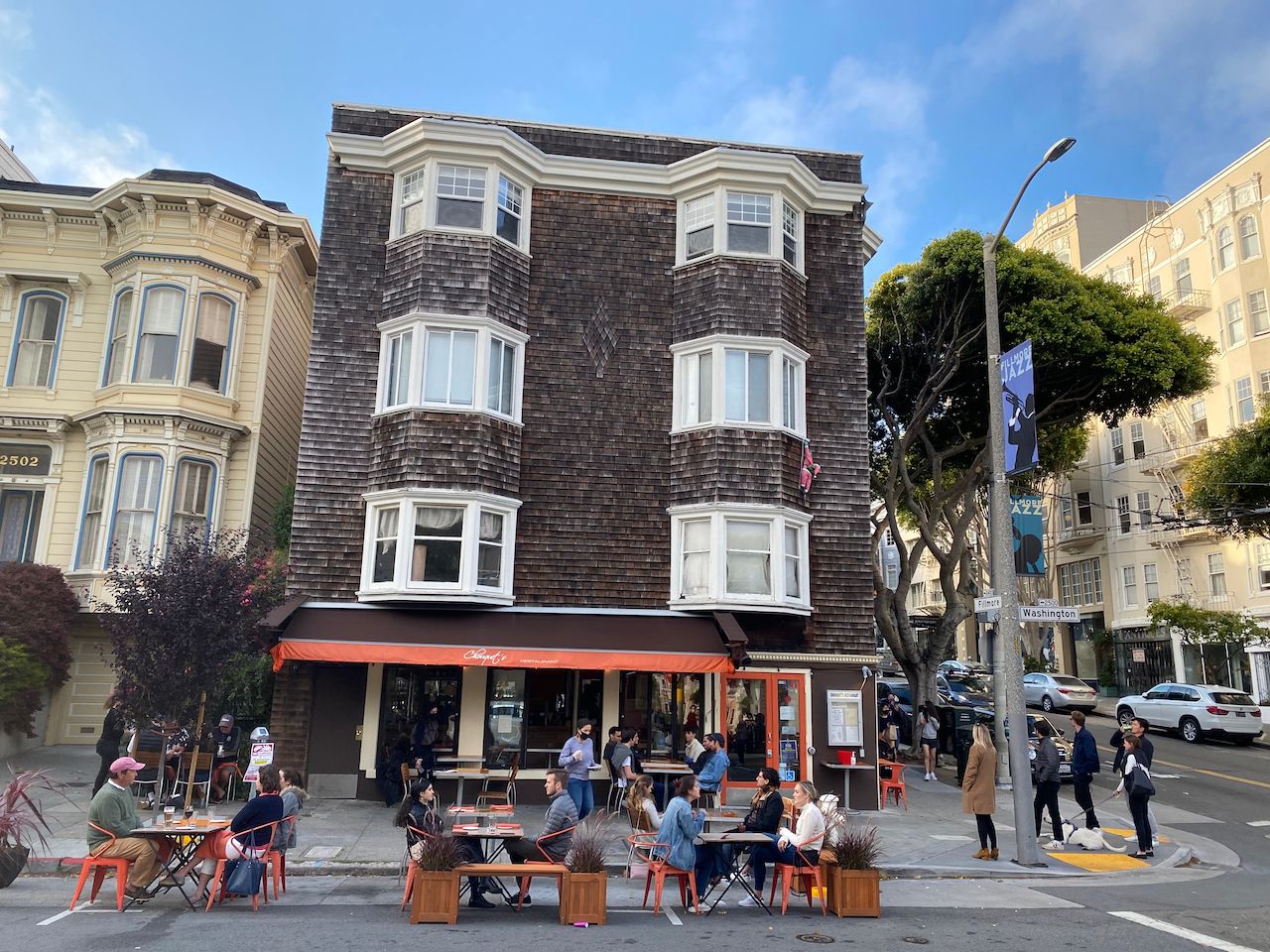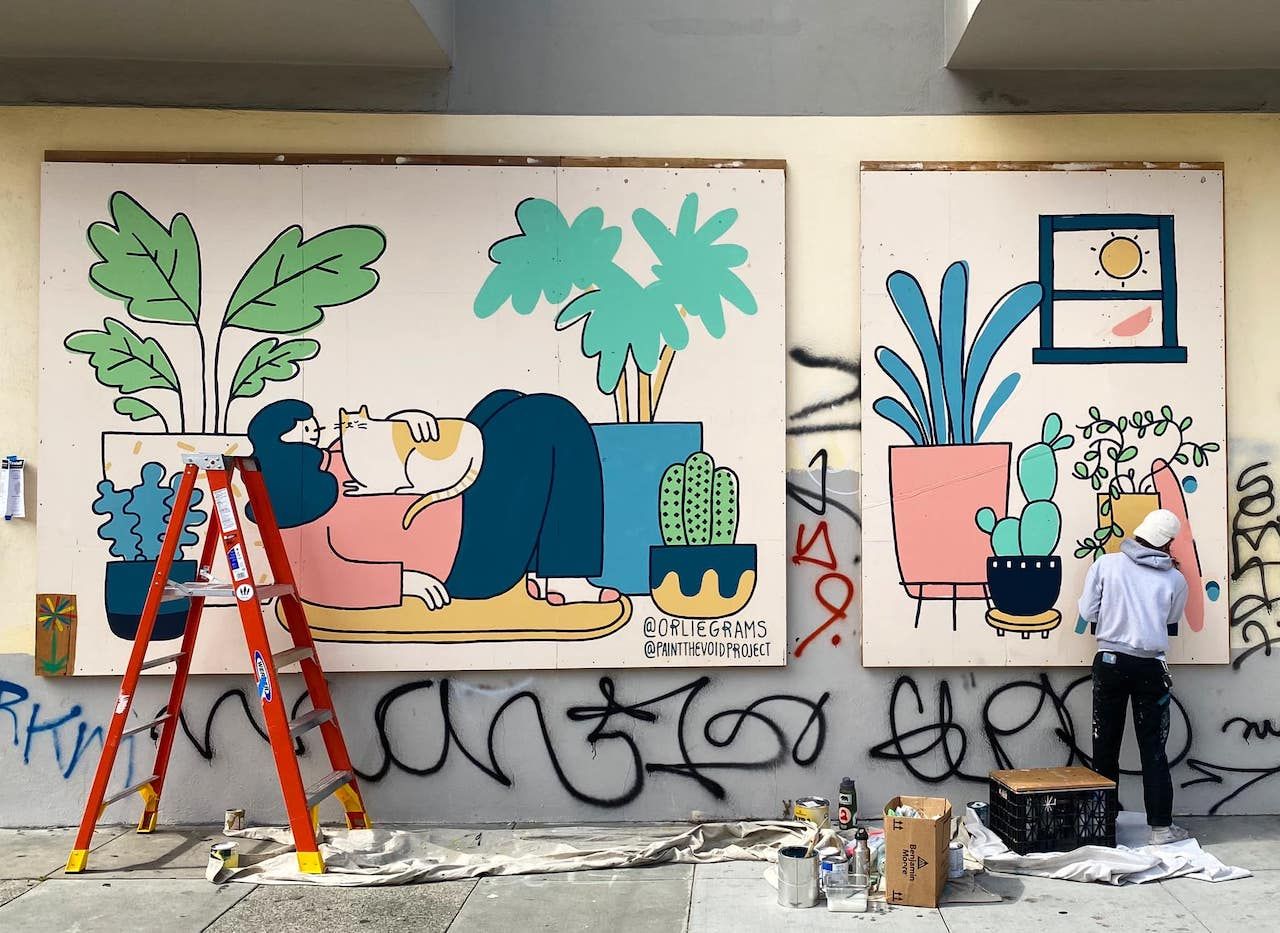One silver lining of lockdowns and isolation on cities worldwide is that many are converting outdated urban spaces to better serve the citizens. The process is known as “tactical urbanism.” Popularized in a 2015 book by Mike Lydon and Anthony Garcia, this concept refers to a city that optimizes a public space for the benefit of, well, the public. In most cases, this refers to pedestrians, cyclists, and small gatherings of people rather than cars or vacant buildings. In fact, many instances of tactical urbanism involve taking over a space that was formerly used by cars, whether for parking or for driving, and giving it back to people.
The COVID-19 pandemic has forced cities around the world to rethink everything from outdoor dining to cycling and walking — and some have gotten quite creative. Now, leaders of the following cities plan to make these changes permanent. Once travel is safe, US cities from coast to coast will welcome visitors back to a better urban experience, from art to dining to mobility. These three are leading examples.
